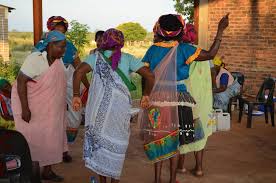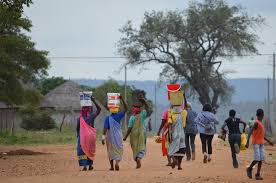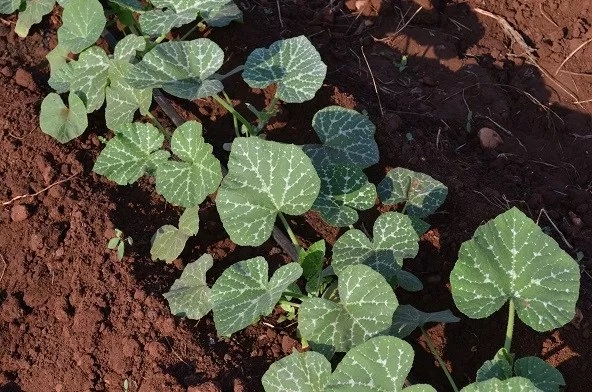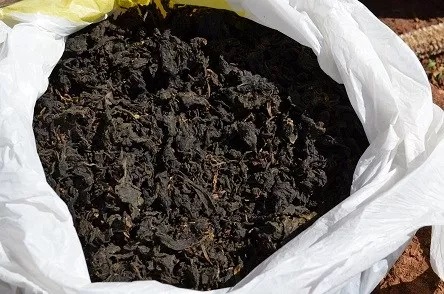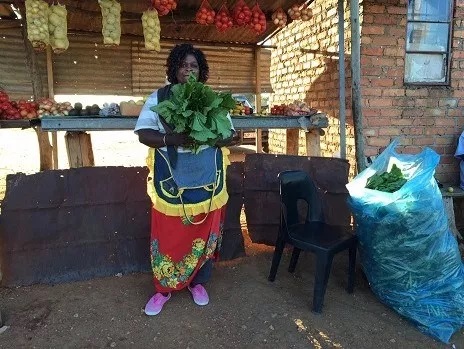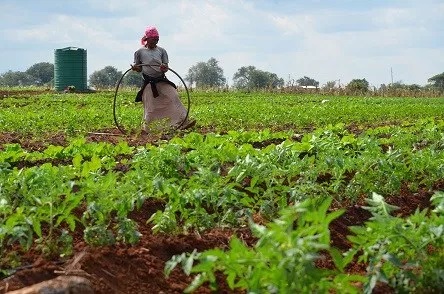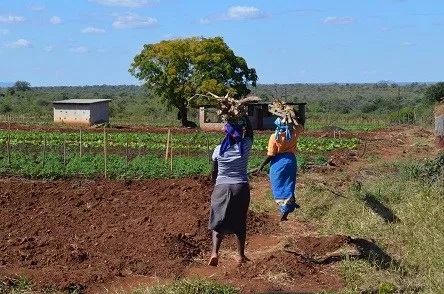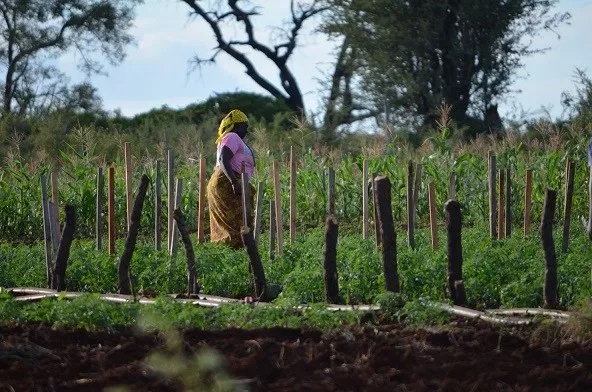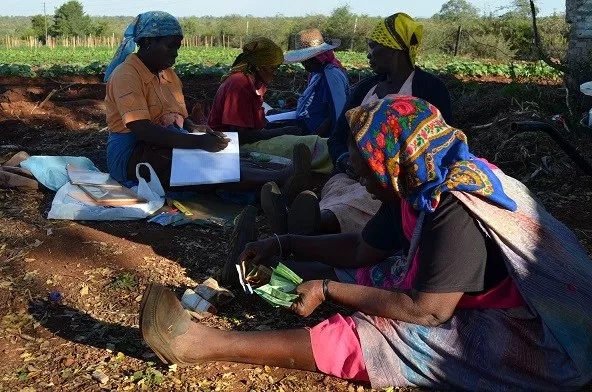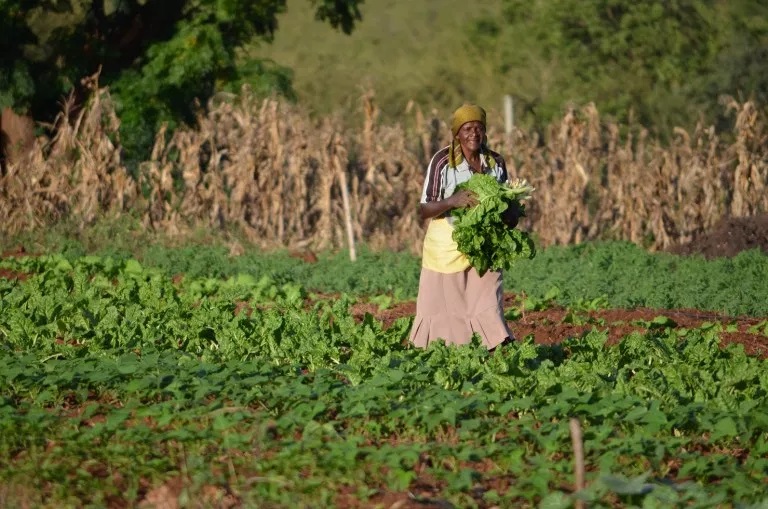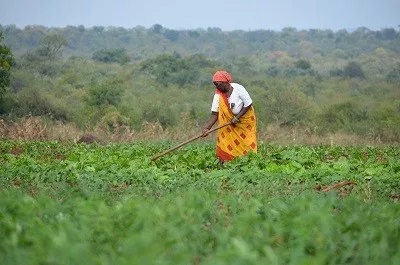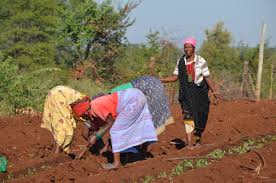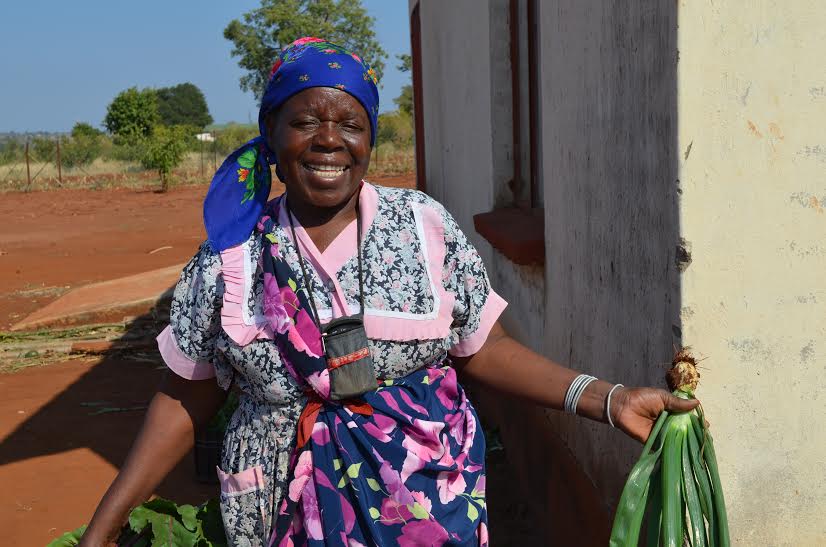The film The Thinking Garden, which tells the story of Hleketani Community Garden in South Africa, was selected by the Canadian Embassy in Jordan as Canada’s entry in the UN Women Film Festival in Amman in 2018. The embassy graciously hosted me for a week of festival screenings as well as screenings at the film commission and in UNHCR refugee camps. These encounters resulted in the inclusion of Jordan — in particular Palestinian and Syrian refugee communities in Jordan — as one of the “four stories” about food sovereignty that our new transnational research network is exploring. (For more, see www.fourstoriesaboutfood.org/)
Women’s Film Week in Jordan was a thrilling week for our film. The screening at Zaatari refugee camp was a highlight. Zaatari, a few kilometres from the Syrian border, remains home to more than 80,000 Syrians. Many in the camp come from rural areas of southern Syria, near Daraa, and many had been farmers. After watching the film they wanted to talk about their farming lives – what crops they grew, how large their farms had been; I heard the phrase ‘self-sufficient’ repeated many times. That’s one of so many things they’ve lost, living behind the razor wire of a refugee camp. An older woman named Dalal came forward and told us that she was like the women in the film: she didn’t have a husband in her later years in Syria, and raised her children with her vegetables. The film shows that women can do it on their own, she said, like she had done. I was very touched by the way the story of the women’s farm spoke to people’s hearts.

The encounter with Syrians in Zaatari camp was especially meaningful for me since I’m part of a community group that sponsored a displaced Syrian family to build a new life in our city. Getting to know this family — and especially Mira (names changed), the mother who has become a close friend — has taught me a few things. As an historian who has spent years studying Western representations of other-than-Western societies, it’s embarrassing to admit that it has taken me until middle age to puncture some of my own hardened biases.
I credit Mira with my re-education. Mira arrived in Canada with her husband and children three years ago, part of a government- and community-sponsored influx of more than 33,000 refugees from the Syrian civil war. There have been many surprises as our friendship developed. Once Mira’s English skills allowed deep conversation (my Arabic doesn’t extend beyond polite greetings), our exchanges on parenting, spirituality, and gender identities pushed my thinking in new directions.
It’s unfortunate that the burden of explanation falls on Mira. She has had enough on her plate – making a home for a family that had been living in exile for five years; studying English; building a community for herself and her children; working at catering to supplement the income from her husband’s night-time janitorial work; teaching Arabic to youngsters at the mosque and to a local schoolteacher; tending relationships with family members scattered across the globe – that she does not need the extra work of explaining her culture to an ignorant onlooker. But Mira takes up the role willingly, and I take advantage of her enthusiasm.
Mira is uncommonly fond of her dishwasher. She calls it her daughter. I cringe at the implication, but she laughs and explains that Abbas, her husband, has always been her dishwasher. His job now is to pack and unpack the machine; she appreciates his eye for quality control. The boys haven’t yet absorbed Abbas’s habits of helpfulness, which go well beyond dish washing, although middle son Ahmed shows promise. Sports and social media preoccupy the boys, but Mira is hopeful they will learn to be caring partners on their father’s model. My cultural stereotypes about “Muslim men” did not prepare me for Mira and Abbas’s household partnership.
One day at the lake with our children Mira tells me about a women’s party she’s looking forward to on the weekend. Women and children only, and preening is mandatory. They’ll have their hair done, dress for show, eat baklawa, listen to music. As a female friend, I’m used to seeing Mira without her headscarf – her home dress is much like mine, running to jeans and slouchy sweaters. Hearing about the women’s party, I have to ask: aren’t the hijab and abaya (headscarf and long coat) she wears in public confining?
Her public clothing is a statement of her religious devotion, Mira explains. Religious belief is not an aspect of her identity that can be tucked away out of sight, to be trotted out on holy days or special occasions. Her faith is as core to her identity as her family history, motherhood, and ethnicity, and she is proud to express her faith through her dress. Beyond clothing, faith is symbolized and signified in everything she does, from feeding her family to supporting community members in need, from praying several times a day to uttering “God willing” when she speaks of future plans.
While religious faith is publicly affirmed through dress, it is also intensely personal. When I was preparing for a work trip to Jordan recently, I asked Mira to show me how to wear a headscarf – not because I planned to pose as a Muslim woman, but in case I needed head covering to visit a mosque or other site. She was puzzled.
“Why would you wear a hijab?” she asked. I worried about offending people. Yes, she said, I would need to cover my hair in a mosque, but that was a simple matter of tossing on a scarf before entering. Otherwise my clothes were fine.
“There’s no need for a headscarf. It’s very open. You’re not Muslim, so you don’t need a headscarf.”

Visits to Jordan have confirmed Mira’s view. In Jordan the full spectrum of religious, less-religious, secular and cultural attire is on display in the streets, often in a single social group. A dominant image is of a group of women, clearly family, walking into an ice cream shop. Grandmother wore a light scarf over her hair, a fashionable jacket and pants; mother was in hijab and abaya; one daughter wore a patterned hijab while her sister was in tight jeans, dark hair gleaming against her blouse. Most deliciously jarring of my expectations were the young people at the table next to me at lunch at Haret Jdoudna, a storied restaurant in Madaba. They were a raucous foursome of twenty-somethings enjoying a weekend visit. The women laughed and talked together in that way of closest friends. They all shared shisha, tobacco vaporized over a water pipe.
The surprise was the women’s dress. One wore a tidy hijab, loose sweater, and skirt – relatively conservative attire, you might say. The other was dressed, as I put it to my companion, “like a Barbie doll.” Bleached hair, false eyelashes, acrylic nails, thick makeup. In a final affront to my expectations, she had kicked off her shoes and perched barefoot and cross-legged on her chair. This woman would have stood out in a Bohemian café in my west-coast city. Here she was, in the ancient city of Madaba, sharing intimacies with a woman whose religious credentials were inscribed on her clothing. How could these two women be friends?
“Their clothes speak to their relationship with God,” my friend said. “They have nothing to do with their friendship.” As one UK Muslim woman put it, her own modest style of dress is her way of showing that “God has made me intrinsically beautiful”; she doesn’t rely on strangers’ or onlookers’ assessments. But neither does she judge sisters who choose to dress differently. Her religion teaches that the heart is the true measure of human value — not outward symbols.
No doubt there are plenty of devout Muslims who, for cultural or religious reasons, would look askance at the choices of the woman I described as a Barbie doll – just as I, in my middle-class prudishness, turn up my nose at what I take to be the sexualized dress of my teenager’s friends. Certainly there are contexts where this young woman would be punished for perceived offences to God. Meanwhile, women in my culture who dress like her often find themselves censured and blamed when they “provoke” unwanted sexual attention.
Mira’s choice of clothing is a spiritual statement, an act of modesty and worship that she believes brings her closer to God. The same can be said for the young women in niqabs (full veils) who drew me into their selfies after a film screening in Jordan. Faceless, dehumanized? This was not my perception of these women as they laughed and jockeyed for position in the camera frame. The key word is choice. In some households, in some regions, men make these choices for women. That is unfortunate. Is it any more acceptable, though, for secular authorities in some countries in the West to seek to constrain the freedoms of religious women by outlawing head coverings and veils? I challenge those authorities to pull up a chair and talk with Muslim women.

Source cited: Lila Abu-Lughod, Do Muslim Women Need Saving? Cambridge: Harvard University Press, 2013: 24-25.




